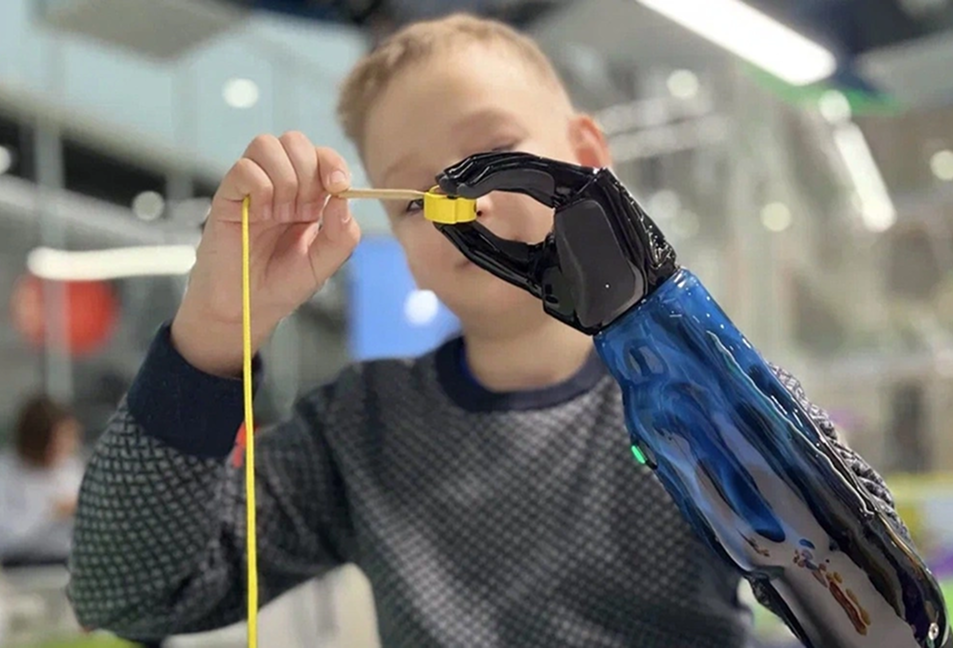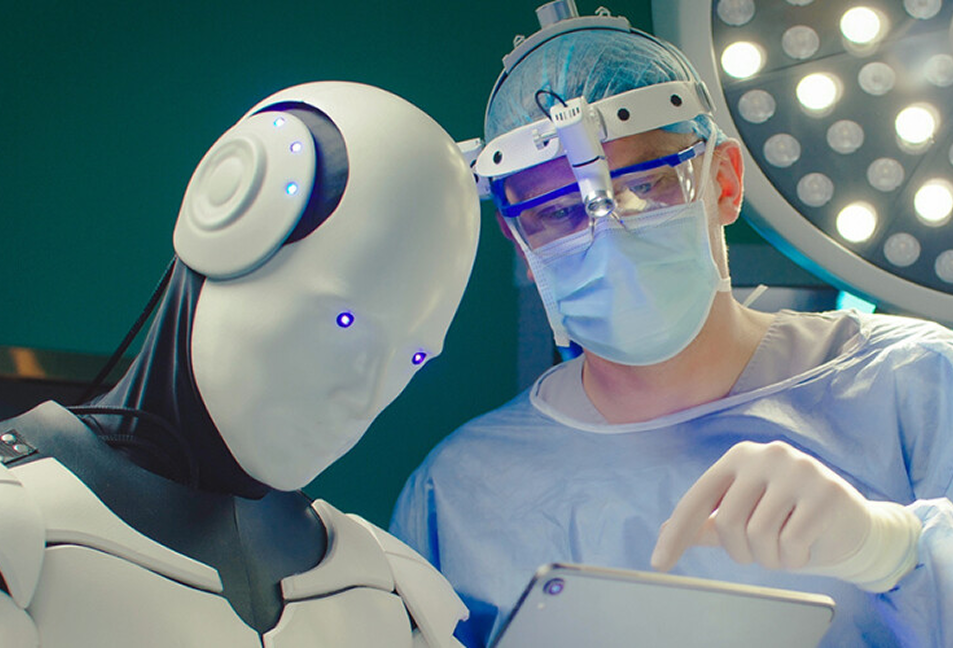Nuclear fusion represents a revolutionary frontier in the quest for sustainable, safe, and virtually limitless energy. Unlike nuclear fission, which splits heavy atomic nuclei, fusion combines light nuclei—typically isotopes of hydrogen—releasing immense energy in the process. This approach has long been considered the “holy grail” of energy production due to its potential to provide clean, abundant power without long-lived radioactive waste or greenhouse gas emissions. In the United Kingdom, research, development, and investment in fusion energy are accelerating, positioning the country as a key player in the global pursuit of commercial fusion power.
Principles and promise of nuclear fusion
The process of nuclear fusion replicates the reactions that power the Sun and stars. By heating isotopes such as deuterium and tritium to extreme temperatures, they overcome electrostatic repulsion and fuse, releasing energy primarily in the form of fast-moving neutrons. Fusion offers several significant advantages over conventional energy sources: it produces minimal greenhouse gases, carries a low risk of catastrophic accidents, and utilizes fuel that is abundant or readily producible. Deuterium can be extracted from seawater, and tritium can be bred from lithium, providing a virtually inexhaustible fuel supply.
UK research initiatives
The United Kingdom has a long-standing tradition of research in plasma physics, magnetic confinement, and high-temperature materials, all critical to achieving viable fusion. The UK Atomic Energy Authority (UKAEA), based at Culham Science Centre, leads national efforts in fusion research. Culham hosts the Joint European Torus (JET), Europe’s largest operational magnetic confinement fusion experiment, which has set records in fusion energy production. JET’s research focuses on plasma stability, confinement efficiency, and tritium handling, providing essential data to inform the design of next-generation fusion reactors.
ITER and international collaboration
UK researchers actively participate in international fusion initiatives, particularly the ITER project in France, a global collaboration to construct the world’s largest tokamak fusion reactor. UK teams contribute expertise in reactor design, plasma physics, materials science, and diagnostic instrumentation. Collaboration ensures that insights from UK experiments and modelling efforts are integrated into global fusion development, fostering technology transfer and preparing domestic industries for participation in the fusion supply chain.
Magnetic confinement and alternative approaches
Magnetic confinement fusion, particularly in tokamaks and stellarators, is the dominant approach pursued in the UK. Strong magnetic fields confine ultra-hot plasma, preventing contact with reactor walls while sustaining the conditions necessary for fusion. Research also explores alternative methods, including inertial confinement, laser-driven fusion, and compact spherical tokamaks, which aim to improve efficiency, reduce costs, and accelerate timelines for commercial deployment. The UK is particularly invested in spherical tokamak designs, such as the proposed STEP (Spherical Tokamak for Energy Production) programme, which aims to demonstrate net energy gain and pave the way for a commercial fusion power plant.
STEP programme and the path to commercial fusion
The UK government has committed significant funding to the STEP programme, a national initiative to design and construct a prototype fusion power plant by the 2040s. STEP will integrate advances in plasma physics, superconducting magnets, materials engineering, and AI-driven control systems to achieve sustained fusion reactions with net positive energy output. This ambitious project seeks to demonstrate the technical feasibility, economic viability, and safety of fusion power, establishing the UK as a leader in next-generation energy solutions.
Materials and engineering challenges
Achieving practical fusion energy requires overcoming significant materials and engineering challenges. Reactor walls must withstand extreme heat loads, neutron bombardment, and plasma interactions. Superconducting magnets require precise cooling and stability. Tritium breeding, extraction, and containment demand highly controlled systems to ensure safety and efficiency. UK research institutions are developing advanced alloys, ceramic composites, and cooling technologies to address these challenges, enabling the construction of reactors capable of long-term, reliable operation.





